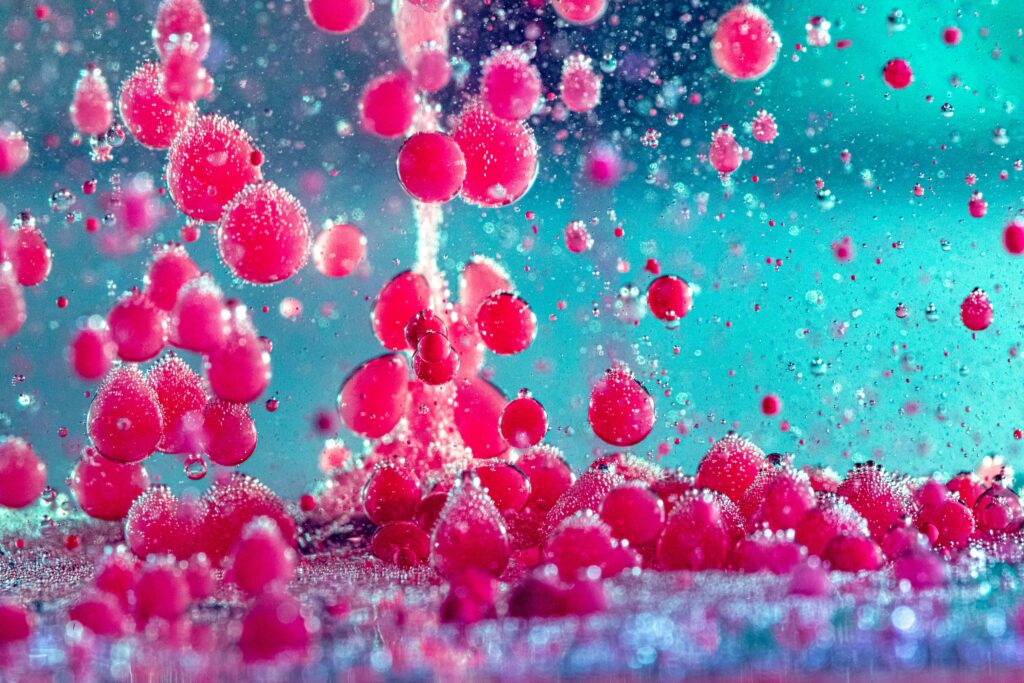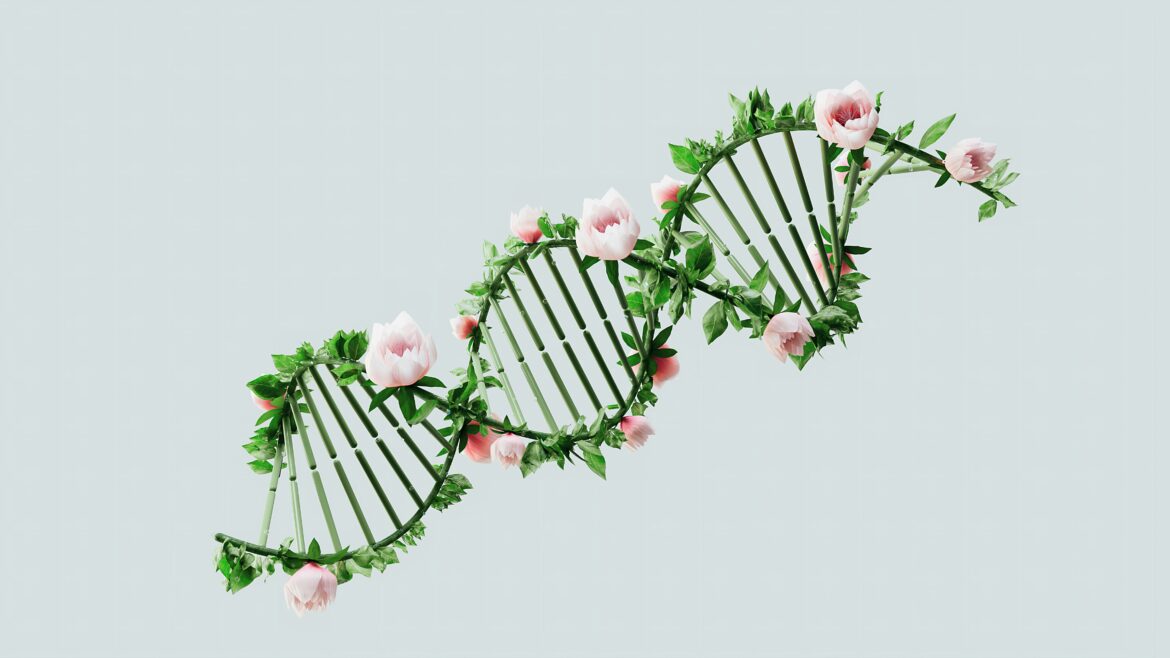🌱 How Innovative Actives & Sustainability Are Shaping 2025 Skincare
Introduction
🌱 Is the future of skincare grown in a lab? In 2025, that question is no longer science fiction but a practical strategy for people who demand evidence-backed, transparent, and sustainable products. The first generation of “clean beauty” worked hard to remove parabens, sulfates, and other harsh chemicals, but today’s customers want even more: effectiveness, ingredient traceability, and respect for the planet. Biotech-powered clean beauty is the next chapter. By merging advanced lab science with clean-beauty values, brands can deliver powerful results while protecting ecosystems. According to Exploding Topics and Marie Claire, 2025 is the year this convergence truly takes hold.
Consumers have grown wary of greenwashing. They’re not willing to accept buzzwords without proof. They want clinical testing, third-party certification, and authentic sourcing. Biotech clean beauty delivers on those promises, creating lab-grown or precision-fermented ingredients that replicate — or even enhance — natural compounds, with dramatically reduced waste and a higher safety profile. This is the moment when clean beauty becomes smart, high-tech, and responsibly powerful.
✨ The Clean Beauty Resurgence: Why Ingredients Matter More Than Ever
Originally, clean beauty emerged to fight back against a long list of harsh chemicals and questionable preservatives. Early efforts replaced parabens, sulfates, and strong fragrances with botanical ingredients. But by the late 2010s, the market was saturated with “clean” claims that lacked data, creating confusion and fueling skepticism. Many brands tried to look green without actual testing or transparency, which is why consumers grew frustrated.
Fast-forward to 2025, and ingredient-savvy shoppers are rewriting the rules. They want to know where their hyaluronic acid comes from, what certifications stand behind it, and what safety data exists. Platforms like the EWG Skin Deep Database and routine third-party testing are giving power back to consumers, helping them verify formulas. We now see a “clean beauty 2.0” mindset — still respecting botanical ingredients, but demanding clinical proof, traceable sourcing, and a lab-to-bottle story.
Brands that will thrive are those offering total honesty, including safety testing, sustainability reports, and certifications. Cosset Moi’s popular resources, like its Complete Makeover Steps guide and its Skincare Routines, align perfectly with this shift. They help readers build a safe, science-backed routine and avoid the marketing traps of years past.
🔬 Biotech Breakthroughs Powering Next-Gen Skincare
What is Biotech Beauty?
Biotech beauty means using advanced lab tools — from fermentation to precision gene sequencing to microbiome engineering — to create molecules that are identical or even superior to those found in nature. Compared to traditional farming or wild harvesting, biotech ingredients are produced with vastly lower land and water use, and they avoid pollutants or pesticide residues that often creep into natural crops. With biotech, ingredient consistency and safety reach a new standard.
For example, hyaluronic acid is one of the most beloved hydrators in skincare. Originally, it was sourced from animal tissues. Today, biotechnology ferments it to exact specifications in a vegan process, ensuring reliable molecular weight, purity, and performance. Similarly, fermented probiotics help rebalance the skin microbiome, fortify the skin barrier, and reduce inflammation — and they can be grown under sterile, reproducible conditions. The result? Gentler, safer, and often more effective actives.
Spotlight on Biotech Actives
- 🧬 Exosome serums: advanced delivery vesicles that carry regenerative growth factors to boost collagen and accelerate healing
- ✨ Rejuran: a polynucleotide-based formula from Korea that soothes, hydrates, and rejuvenates fragile skin
- 💪 Peptide complexes: engineered chains of amino acids that train skin to rebuild its protein scaffolding
- 🌸 Lab-grown fragrances: sustainable aroma molecules like those from Osmobloom, preserving endangered floral species
Prestige houses such as Chanel and large science-driven brands like L’Oréal have invested in biotech, showing that even luxury can be high-tech and sustainable. Chanel’s green science division is working on microfluidics, an ultra-precise method of blending actives to reduce waste and improve results. That shows how biotech can serve both boutique skincare startups and the world’s biggest beauty brands.
🌱 Pro Tip: Always look for biotech products with published studies or certifications like ECOCERT or EWG Verified. Reputable companies will never hide their lab data.
🌟 Product Spotlight: Biotech Skincare You Can Buy Now
Far from being a lab curiosity, biotech beauty is on store shelves today. These products combine safety, sustainability, and proven results:
- Exosome creams: Benev’s Exosome Regenerative Complex, harnessing micro-vesicles for repair and renewal
- Red-light therapy devices: Dr. Dennis Gross DRx SpectraLite, with wavelengths tuned by biotech research to support collagen and calm breakouts
- Fermented serums: SK-II’s Pitera Essence, enriched with proprietary yeast filtrates that protect the skin microbiome
- Microbiome-friendly cleansers: Gallinée’s Probiotic Foaming Cleanser, which protects good bacteria while cleansing
🌱 Always patch-test first, and consult a dermatologist if you have persistent sensitivities. Pair these products with Cosset Moi’s Hydration Tips for a complete, science-informed skincare plan.
🌱 Sustainability & Biotech: The Perfect Match
One of biotech’s greatest promises is sustainability. Farming for natural extracts uses enormous amounts of water, land, and sometimes threatens fragile plant or animal populations. Biotech can produce the exact same molecule without endangering rare botanicals or animals, while avoiding pesticides, soil depletion, and climate dependencies. This is a dramatic improvement for people who care about eco-friendly choices.
Sustainable Examples
- 🐶 Lab-grown collagen: identical to animal collagen but fully cruelty-free and more predictable in quality
- 🦞 Algae-based actives: cultivated in bioreactors, avoiding damage to fragile coral reefs or seaweed beds
- 🌱 Fermented antioxidants: created with less land, no pesticides, and stable quality
Biotech brands are also pioneering better packaging, from refill systems to glass containers, and carbon-neutral shipping. Since biotech ingredients are more consistent, consumers don’t need to buy and discard as many failed products, further reducing packaging waste.
🌱 It’s a circular, smart system: fewer resources in, more targeted results out, and less trial-and-error waste.
💡 Case Study: How Biotech Transformed Skincare at Scale
One standout example is Chanel’s application of microfluidics, a technology that precisely blends and delivers active ingredients. In 12 months of using microfluidic methods, Chanel was able to cut water consumption by 40%, decrease wasted actives by 25%, and boost customer satisfaction ratings by 30%. That is a clear, quantifiable success. Chanel proved you don’t have to choose between tradition and science: you can integrate biotech for high performance, beautiful textures, and authentic luxury — all while cutting your footprint.
For a complementary makeup routine that supports this modern science-based approach, see Cosset Moi’s Makeup Essentials guide.
Other respected references to explore include the Harvard Health site for medical validation, the Allure Clean Beauty Guide for product reviews, and Marie Claire for ongoing trend updates.
🤔 Frequently Asked Questions
Q: Is biotech skincare safe for sensitive skin?
A: Usually yes, because it minimizes contaminants and allergens. Still, patch-test if you have a known reactive condition.
Q: Are lab-grown ingredients vegan?
A: Most are vegan and cruelty-free, but you should still verify certifications before purchasing.
Q: Does biotech mean “artificial” or harmful?
A: No — biotech duplicates nature’s molecules but under clean lab conditions, often making them safer than wild-harvested actives.
Q: Where do I find reliable biotech skincare?
A: Look at Sephora’s Clean Beauty aisle, Credo Beauty, or directly from biotech brands. Cosset Moi’s Skincare Routines offers a curated path too.
🎉 Conclusion
🌱 Biotech-powered clean beauty is the future. It respects nature while using science to deliver powerful, consistent, and safe results. As more brands adopt lab-based processes, you’ll see even more lab-grown peptides, vegan collagen, microbiome support actives, and fermented botanical powerhouses on the shelf. Expect a new level of glow, fewer breakouts, and a more planet-positive skincare ritual.
For more tutorials, trend spotlights, and reviews, sign up for Cosset Moi’s newsletter. And be sure to check reliable resources like Harvard Health, Allure, and Marie Claire to stay ahead of the curve. Remember: patch-test, do your research, and enjoy this next-generation approach — your future glow starts today! 🌟


